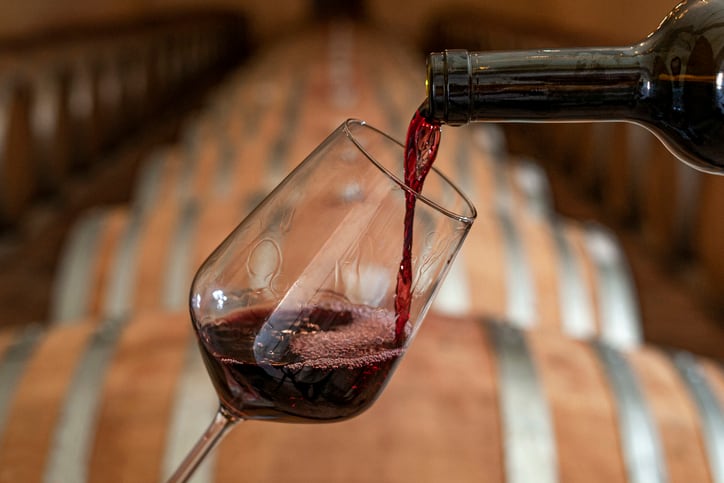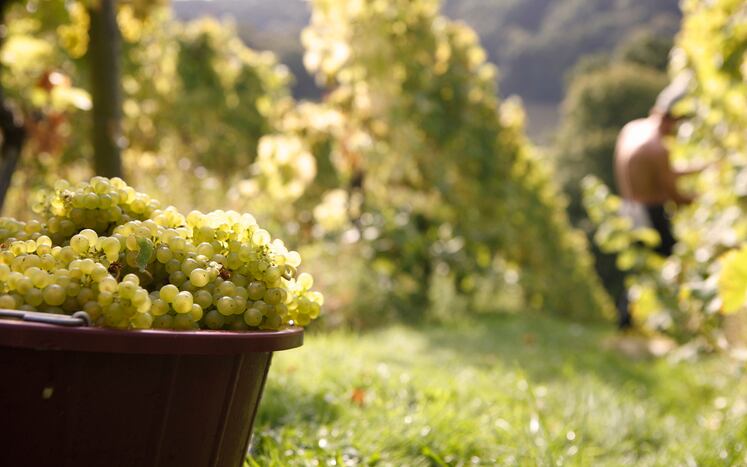Cult wines are those that are considered rare or ultra-premium: a wine that’s only available to those who join a winery’s allocation list or purchase bottles on the secondary market.
With cult wines representing the ultimate in luxury, researchers at Washington State University’s School of Economic Sciences (SES) expected to find these were most affected by weather variations, given that consumers have firm expectations of consistent high quality. But the opposite was true.
From California to Washington state
The researchers looked at data for red and white wines produced in the famous Napa and Sonoma regions of California and the Walla Walla region of Washington state.
“The popularity of cult wines has increased dramatically in the United States over the last few decades,” wrote researchers in the study. “Cult wines in the United States are produced exclusively in both California and Washington State, which have different weather conditions.”
They found that scores for cult wines were less impacted by weather fluctuations, especially when it came to early growing season temperatures and harvest season rains.
Why could this be? One possible reason is that cult wines are set up to be premium and luxury products: and thus winemakers take more care and attention when choosing growing regions to ensure that they are set up for good weather with less variability. That ensures consistent quality.
“As cult wines are ultra-premium products with ultra-premium prices and have waiting lists for the privilege of buying the wines, we expect that cult winemakers are well located for producing and selling wine, both geographically and by their position in the market for wines. As such, they may be somewhat insulated from the effects of weather variations,” continued the researchers.
Another interesting finding was the secondary market price. Many cult wines are frequently resold on the secondary market for more than their release price. For cult wine vintages, the weather affected the gap between these two prices (much more, in fact, than the release price itself).
That, however, can be explained by other research, which shows that secondary market price is actually closer to the ‘true value’ of cult wines.
The cost of climate change: Could cult wines could withstand changes longer?
Another factor for cult wines is the reputation they’ve built up over the years. And that’s particularly important.
“Wine is an interesting product because both the wine maker’s and the region’s reputation can affect prices, and the effect of a history of past quality can have a greater impact than current quality,” note the authors. “The perceived location of the best wine regions could eventually change due to the effect of climate change, but reputations will likely change more slowly.
“The cult winemakers considered in our analysis have built their reputations into major assets. A question for future research is whether their individual reputations will survive the changing climate.”
The researchers would now like to carry their study over into Europe, a region where temperature and rainfall variations can be expected to be greater than California and Washington state.
Source: Okhunjanov B, McCluskey JJ, Mittelhammer RC. Wine prices and weather: Are cult wines different? Journal of Wine Economics. 2024;19(3):201-231. doi:10.1017/jwe.2024.19



